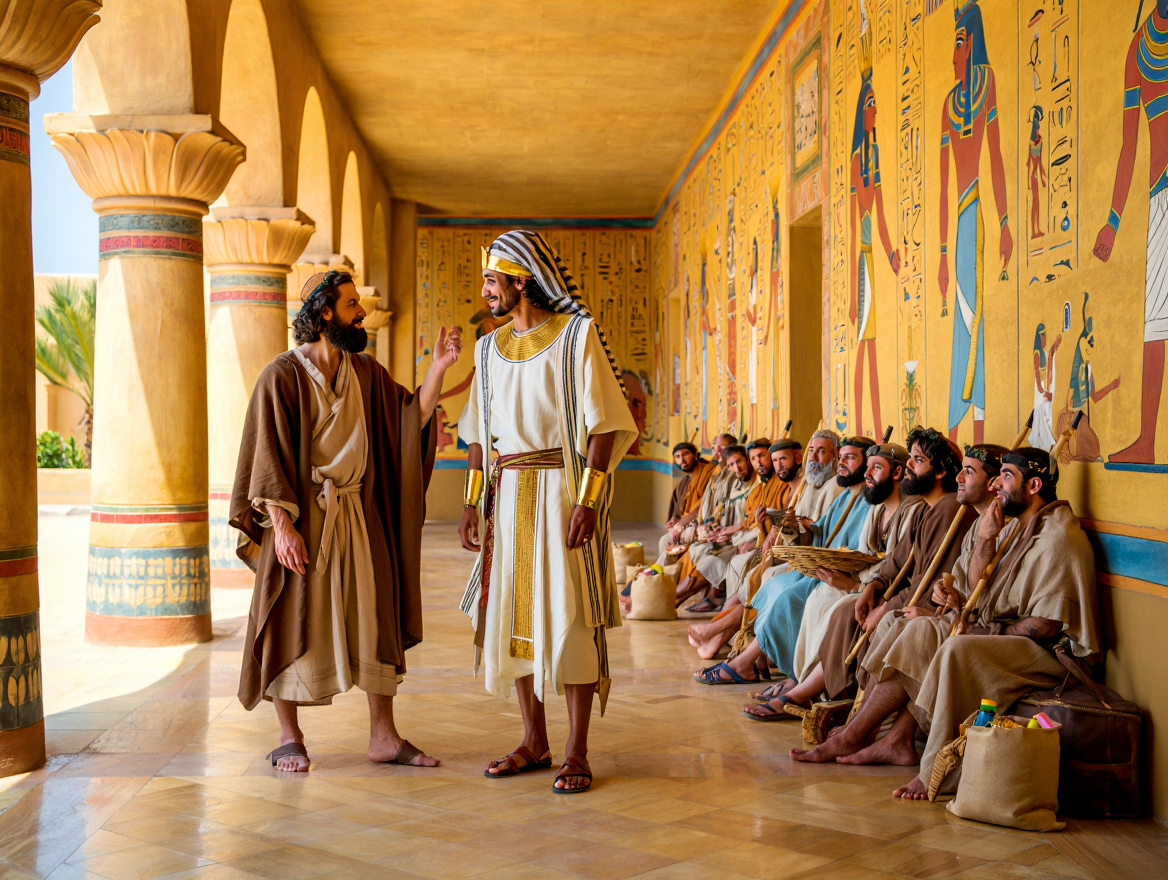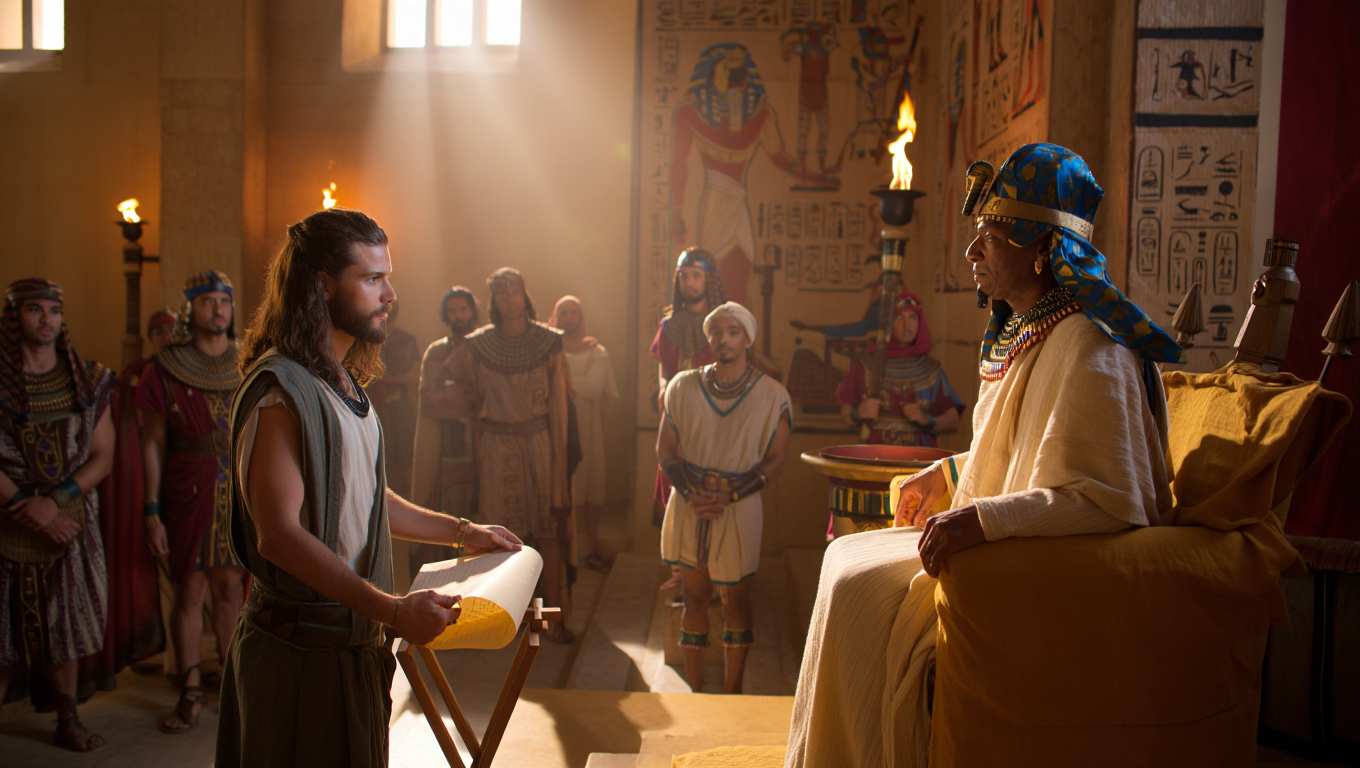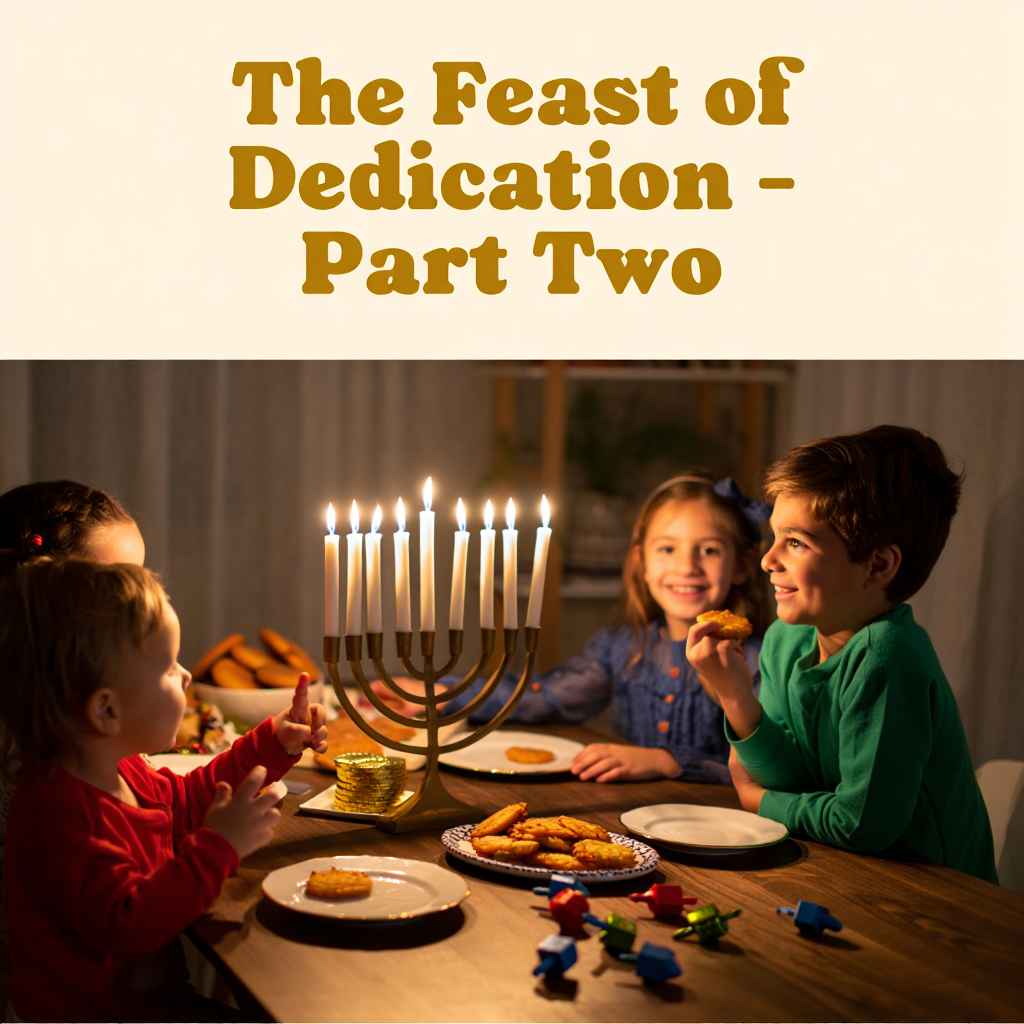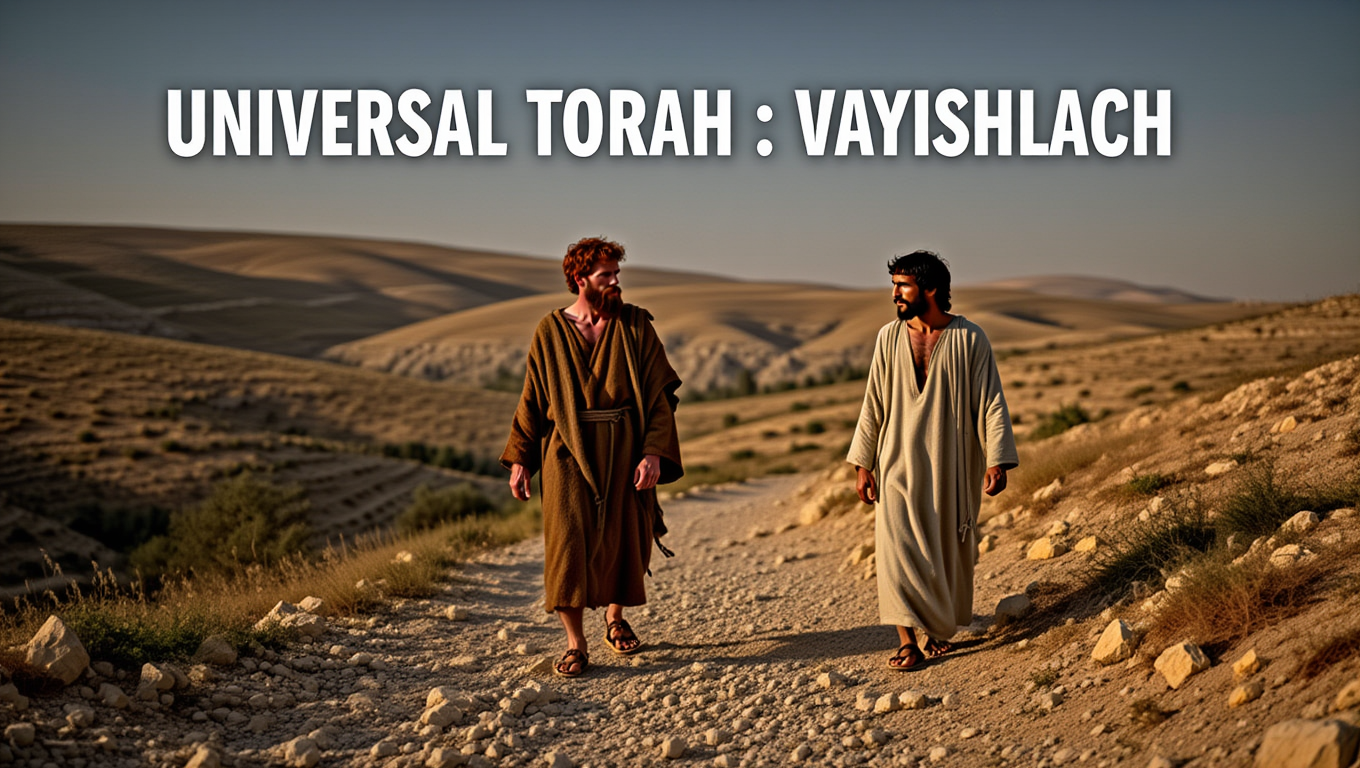The 4th Month on the Jewish Calendar-Tammuz Part One
From the Mountaintop of Sinai to the Descent of Babylon
Part of an Ongoing Series entitled Hidden Sparks Beneath the Surface
By Elisheva Tavor aka Betty Tabor Givin
All of the months are interrelated each connecting to the next in the cycle of the seasons, the ‘round’ of the year…set up by the Creator from the beginning for our benefit to make up what we call time…each is significant to the whole…and each carries within it a special spark that lies hidden beneath the surface, waiting to be discovered…to connect us deeper to Him. This month with its abominable name and its dark history, although challenging, is no exception! We just have to dig deeper to find the sparks!
It is easy to see HaShem in the dramatic fire of Sinai, but it requires another whole level of maturity to see Him in the midst of difficult circumstances when we begin to feel the darkness encompassing round about us.
The prevailing mood in the hearts and minds of many a Jew when it comes to this dark month in Jewish history has been one of dread and trepidation. But the darkness is not limited to the Jew alone. Given the current world situation many of us, both Jew and non-Jew, are finding ourselves feeling challenged, even threatened, by all the chaos that is going on.
Are we prepared? My proposal is that we all educate ourselves and with the strength of HaShem, rise to meet this present-day global challenge in addition to whatever else we may face in our personal lives during this upcoming fourth month, the month known as Tammuz on the Jewish calendar…a month that has had a characteristically ominous history for the Jewish people throughout the centuries.
The Origin of the Name Speaking of this 4th month and its dark history Rebbetzin Zipporah Heller in an article on aish.com entitled Tammuz: Forces of Nature says this: “This month is named after the ancient Babylonian sun god (Ezekiel 8:14). I can’t say that if I were selecting names for Jewish months that this is the first one that would have come to mind. In fact, it seems the opposite of what the entire concept of the Hebrew calendar is about. Each month offers us the opportunity for growth and renewal. Idol worship is pagan and limiting. Invoking the name of a central figure in a cult that worshipped the sun as the source of all energy seems somehow retrogressive.” (Tammuz: Forces of Nature; aish.com)
“Somehow retrogressive? “ My choice of words would be quite a bit stronger here. The Prophet Ezekiel calls the worship of this idolatrous god abominable when HaShem shows him the chilling vision of the wicked abominations being committed in His Holy Sanctuary…first of the elders of the House of Israel burning incense in the dark and insidiously saying, “HaShem sees us not; HaShem has forsaken the land… “ followed by the account of the women weeping over Tammuz their god as they sat by the door of the north gate of the Holy Temple, and culminating with the even greater abomination of the sight of the men between the porch and the altar in the inner court of the temple…their backs toward the Holy Sanctuary and their faces turned eastward as they shamelessly prostrated themselves towards the sun! (Ezekiel 8:12-16).
This pagan god they were worshipping can be traced to a Phoenician deity known as Adonis to the Greeks. Originally a Sumerian sun-god called Dumuzu; he was the husband of the fertility goddess Ishtar who corresponds to Aphrodite of the Greeks, known as the Queen of Heaven. This god had made its way into Babylon and sadly was adopted by many of the Jews after they were carried away and taken into Babylonian captivity in approximately 586 BCE.
Considering the reprehensible, ungodly and licentious rites connected with the worship of this god, it is no wonder that HaShem, referring to the sight of the men committing their detestable acts in the Holy Temple and the women weeping for this god, as one of the greatest abominations that could defile the Holy House of HaShem…acts that He refers to as an image of jealousy, abominations great enough, He says, “to drive Me far from my sanctuary.“(Ezekiel 8:5-6)
Why a Babylonian god’s name on the Jewish Calendar? The Jerusalem Talmud tells us it (the name Tammuz) “came up (to Israel) with (the returnees) from Babylon, “in approximately 350 BCE. “(Rosh Hashanah 1:2)
The question arises, but why? Why did Judah continue using the name of this pagan god after they returned back to the land instead of following the original Biblical system of the 1st month, the 2nd month, the 3rd month, the 4th month, etc.?
Rabbi Menachem Posner in an article on Chabad.org entitled, “Why Babylonian Names for Jewish Months,” states that Nachmanides suggests that the reason was to help them remember that HaShem brought them out of Babylon. He references verses from the prophet Jeremiah (Jeremiah 16:14) which read, “Therefore, behold days are coming says HaShem when it shall no more be said, As HaShem lives that brought the children of Yisrael out of Mitzrayim, but, as HaShem lives, that brought up the children of Yisrael from the land of the north…” which he refers to as Babylon.
It appears that this event is also a reference to a larger more widespread future redemption; for the remainder of the verse includes deliverance not only from the land of the north (Babylon), but also deliverance “from all the lands into which He had driven them…and concludes with a promise that He “would bring them back into their land that He gave to their fathers.” This same passage is repeated almost word for word a few chapters later in Jeremiah 23:7.
Rabbi Posner in the above referenced article suggests that by using the original numeric ordering system for the months with Nissan being the 1st month (Exodus 12:1) and all of the succeeding months to follow, we are recalling how many months since the Exodus from Egypt, but says that we need also to remember our deliverance from Babylon. After we were delivered from captivity, he says, “we started using the names that we became used to using while in Babylon. And now, these names served to remind us that G-d has redeemed us from this second exile.”
Certainly we need to remember the deliverance from the Babylonian exile, as we look forward to a future redemption as spoken of in these passages in Jeremiah and throughout the prophetic writings. But do we really need to name a month after a pagan god in order to remember our deliverance? I personally think not.
HaShem warns through His prophet Moshe that we should not even allow the name of a pagan god to pass our lips, “Regarding everything that I have said to you, be careful. The name of the gods of others you shall not mention nor shall it be heard through your mouth.” (Exodus 23:13) HaShem is a jealous G-d. He makes it very clear in the opening words of the Ten Commandments (literally The Ten words, sayings or matters) “Anochi HaShem Elohecha!” “I am HaShem your G-d”…”you shall have no other gods beside Me!”(Deut. 5:6-7, Exodus20:1-2)
Why Babylonian Captivity? To gain a true perspective, we first need to ask why Judah was taken into Babylonian captivity in the first place. Reading through the prophets, the answer is clear. The people of the land were steeped in idolatry and refused to listen to the warnings to return to G-d. Sadly all these repeated warnings fell on deaf ears…first the Northern Kingdom of Israel was taken into Assyrian captivity and dispersed. Subsequently less than 200 years later the Southern kingdom of Judah not having learned from her sister Israel’s demise, was also taken away…taken to Babylon, a place where idolatry was rampant. In the heartbreaking words of the weeping prophet Jeremiah, we read, “and yet for all this her treacherous sister Judah has not returned unto Me with her whole heart, but in pretense, saith HaShem, backsliding Israel hath proved herself more righteous than treacherous Judah.”(Jeremiah 3:10-11).
Events Associated with This Month – Five Destructive Elements There are many events recorded in Jewish tradition and history that occurred during this month, but there are five major ones that stand out.
(1) 1st Tablets were broken as a result of the Golden Calf Incident (2) Jerusalem Walls were breached on17th Tammuz (3) Romans placed an idol in the Holy Temple (4) Daily offerings could no longer continue (5)The Romans burned a Torah scroll
I ask you to consider, is it possible that the tragic events associated with this 4th month down through history could have been averted had Judah not held onto the name of this Babylon god and taken it back with them to the land upon their return? Have the repercussions of these choices been far reaching…even up to the present?
We may never know but it is certainly a question to consider and confront whatever challenges we may face as individuals and as a body of people. Is this month truly a “bad” month as it has been labeled, or is it a month of extra challenges…one that can be turned around? Is there indeed light at the end of the proverbial tunnel? I have to answer with a resounding, “Yes!”
The Call of Shuv/Return…and Meeting the Challenge of the Month
This call of shuv/return continues to go out today as it has down through the centuries. The Hebrew calendar is cyclical…it goes round and round. The Jewish sages compare it to a spiral. As this month comes around each year the question arises once more… are we confronted with some of the same challenges as in the past year…in previous years? King Solomon in the Book of Ecclesiastes says, “There is nothing new under the sun (Ecclesiastes1:9). Yes we often do find ourselves facing the same challenges, yet each year in the cycle we have the choice to rise above, to climb higher in the spiral…refusing to allow ourselves to fall into the same pitfalls over and over. “Choose this day whom you shall serve!”(Joshua 24:15). I propose that we concentrate on the present for that is all we really have…the past is over, the future is yet to come. We can certainly remember and learn from the past and we can take heart in the encouraging words from Kol Bochim, The Crying Voice (a Kabbalistic commentary on the book of Lamentations), “Everything no matter how dark or seemingly bad, has the ability to turn around!”
As we start here in the present let us keep this positive idea in mind in conjunction with the fact that each of us on this planet was created with a uniqueness all his or her own, a thumbprint so to speak, unlike any other. We were each created in the image {צלם} tzelem and the likeness d’mut {דמות}, of HaShem our G-d and Creator, YHVH, the One and Only G-d above all gods! (See Genesis 1:26-27). So we each have a little piece…a ‘spark’ of the Divine within that connects us to our Creator, our Source!
I would like to propose a challenge, one that will help to fortify us for this month and the one to follow so that we can stand strong and resolute…Nitzavim!
Nitzavim – a Personal Story Nitzavim – from Devarim/Deuteronomy 29:5 describes how the Children of Israel stood before HaShem at Mt. Sinai. The meaning of this word was vividly demonstrated to me personally by 6’4” Uri Ben Ari, a secular Jew and head of the American sector of a large Israeli cosmetic and skin care company that I worked for a number of years ago. When I told Mr. Ben Ari that Nitzavim, Deuteronomy29:5-30:20) was the Torah portion being read in synagogues the week of my conversion, he abruptly arose from his casual sitting position and stood upright, straight and tall…all 6’4” inches of him, and said, “Nitzavim! Nitzavim! Stand tall, stand firm!!! That is the message to you, Betty…to all of us… that is what we must do!”
Yes, stand firm! Know Before Whom We Stand! These words are often inscribed above the Ark containing the Torah in the synagogues. These are beautiful words, but how do we practically live them out day by day?
The First Step- Coming Home! Come home…come home to yourself, come home to who you are, to your true essence, your authentic self…not the self you perceive or desire others to see, but the self that HaShem sees, the self that He created you to be…
In the words of Devarim 4:39, we find the riveting words, “Know today and return it to your hearts that HaShem He is G-d!” If we are instructed to “return it to our hearts,” the implication is that it was once in our hearts, correct? So was it in utero as the sages suggest…and perhaps further embedded in our hearts at Sinai? (See Deuteronomy 29:9-14). We know that when HaShem created us, He placed a pure soul within us, a spirit that will one day return to Him. (Ecclesiastes 12:7)
One of the long established tenets of Judaism is that we answer a question with a question, so let’s ask ourselves…how do we “come home” to the pure soul that HaShem created us to be? How do we “return “that concept to our hearts? What does it entail?
One of my longtime favorite concepts that HaShem placed in my head long before I knew anything about Torah is the term G-d Consciousness. I truly believe that this is the key to not only knowing HaShem, but to knowing ourselves…to becoming transparent before Him. But how do we get to that place where we have that Divine Consciousness, where we bring Him into every aspect of our lives and are transparent before HaShem? Bringing it down a level, how do we get to know another human being? If I wanted to get to know you for example, what would you suggest that I do? Spend time with you, listen to you, and learn what is important to you…what makes you happy, what hurts you, what you like to do, etc. Yes, this is communication, right? And communication goes both ways. So how do we carry on this communication with our Creator?
First, we have to get to Know Him and in knowing Him, acknowledge His Oneness. One way is through reading His Word and letting it penetrate our hearts, our minds, our souls…and then taking these words with us throughout the day and praying with King David, “Open my eyes HaShem that I may behold wondrous things in your Torah.” (Psalm 119:18) It has been said that when we study Torah, HaShem talks to us and when we meditate and pray, we talk to HaShem. Rav Dror says that when we pray, we need to talk to HaShem like we talk to our best friend…we open ourselves up…we become transparent…we bare our souls so to speak before Him; but He already knows us through and through…so what is the purpose really of prayer, of meditation? Prayer is poignantly described as the “innermost longing of the soul,” in the introduction to the Sephard Edition to the Artscroll Siddur (Jewish Prayer Book).
The Hebrew word for prayer is tefillah which comes from the root word pillah meaning to judge, to clarify, to differentiate, and to evaluate. The Hebrew verb for praying hitpalal and is a reflexive verb, indicating that the one praying is acting upon oneself. Therefore its purpose is to draw us out of ourselves and our perception of who we are and to help us come to grips with our true selves, and remain focused so that we can be honest and humble as we walk before Him. (Micah 6:8)
Prayer and meditation bring us to that “Secret Place,” under the Wings of the Almighty, the place described so eloquently in Psalm 91, where in the midst of darkness and distress, we can know with full assurance that He is there with us because we have given ourselves to Him and are devekut (stuck like glue), bonded to Him. He is our Protector, but He is also our Assurance and our Mainstay (from the Weekday Amidah, 12 Benediction-Prayer for the Righteous)
We each have our own “secret place,” not a physical place, but a spiritual place deep inside ourselves, a place where Rabbi Jonathan Sacks calls the place “where Heaven and Earth touch, ”that special place where we can communicate with our Creator, the place where our spark is once again reignited, rekindled as we connect with Him. My secret place is not the same as yours, nor yours the same as mine. But when we are there, we are home. The world around us may be in turmoil, but we are at peace.
But how do we maintain this when the storms hit? We stay in Torah and wrap our days in prayer…as if we are wrapping ourselves in a giant prayer shawl, a tallit… His tallit, His covering… where we receive protection beneath the Shadow of His Wings! (See Psalm 91). We invite Him into our lives…beginning in the morning light and continuing through the day, and as we lie down on our beds at night. In the beautiful words of Psalm 42:9 we read, “By the light of day, HaShem will command His loving-kindness, and even in this night His song, the song of the Unseen One, is with me, a prayer unto the G-d of my life.” As the darkness encompasses us we are not afraid for we know that He is with us.
Seeing in the Dark –Transforming the Darkness into Light In Beresheit 1:1 we read, “In the beginning Elohim created the heavens and the earth. And the earth was void and without form and darkness/ chochech was on the face of the deep. And a wind from Elohim moved over the surface of the waters. And Elohim said, let there be light and there was light. And Elohim saw the light that it was good, and Elohim separated the light from the darkness. And Elohim called the light Day, and the darkness He called Night. And there was evening and there was morning, one day.” The light always follows the darkness!
In the poetic words of King David beginning in Psalm 6:7 and continuing through verse 10 we read, “I am weary with groaning all the night. I make my bed to swim. I water my couch with my tears”…”yet HaShem has heard my weeping, He receives my prayers!” King David had found the “secret place” to meet with His Creator. We must learn to SEE in the DARK…past the darkness! The question is how? How do we do that? We do that by maintaining that G-d Consciousness which helps us to keep in mind that in the midst of the darkest night there is the promise of the coming of each new morning; and with the morning, the light will reappear! In Psalm 30:6 we find the poignant words, “weeping may endure for a night, but joy comes in the morning.”
HaShem said that “it is not good for man to be alone.” He placed us in families and provides us with friends and communities for a reason. By acknowledging that His light is there, we can let it light up the darkness around us. With just one little spark coming from one little candle we can light up a whole room! When my world is dark you can bring in your light and it will shine and light up my darkness; and when your world is dark, I can do the same for you…and together with the help of HaShem we can light up the entire world!
Yes, it is easy to see HaShem in the dramatic fire of Sinai, but it is a whole other level of maturity to see Him in the darkness! This is our challenge for this the 4th month and the 5th month which follows…the saddest two months in Jewish history.
So let us rise to meet that challenge. Let us hold hands, stand strong, Nitzavim and encourage one another to learn to see in the dark, to delve deep and discover those “hidden sparks beneath the surface” so that even the slightest sliver of good becomes visible to us in the midst of the darkness; and we through the help of HaShem can lean on one another and have the strength to rise and shine and transform the darkness that has characterized this month through the ages into Glorious Light! Baruch HaShem!
Stay tuned for the next section: Tammuz Part Two: The Three Weeks – the Saddest Period in the Jewish Year







